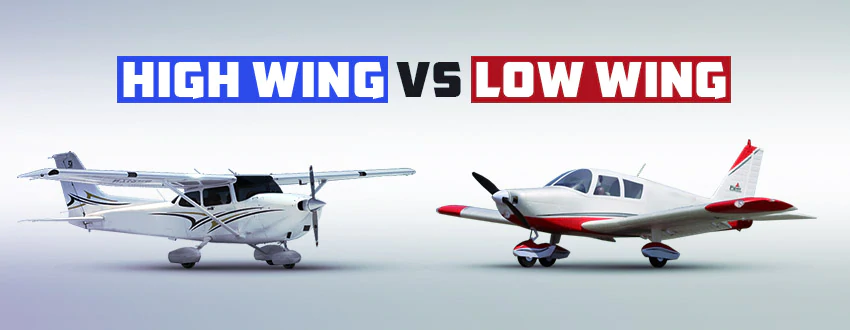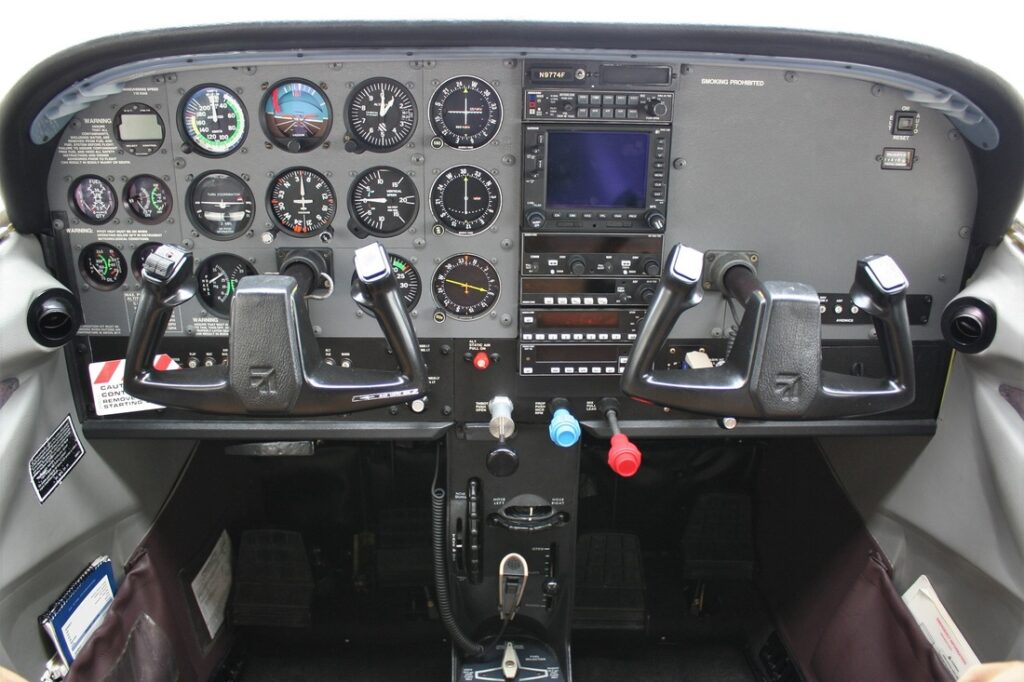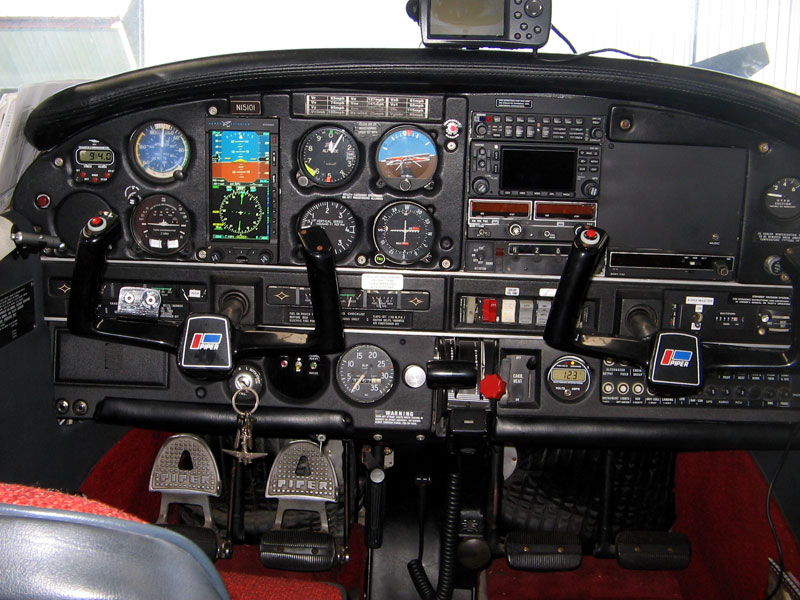Learning to fly was both frightening and exhilarating at the same time. When learning to fly you always start on the ground with a checklist, looking over the airplane and making sure all the control surfaces are free and clear, washing the windscreen, and removing any intake covers, and finally the wheel chocks. One of the instructors was known for putting a tennis ball inside the exhaust to see if his students were checking everything. If he didn’t get handed the tennis ball, they didn’t fly.
After the walk-around, we got in and started the pre-start checklist. Getting in the habit of using the checklist not only made sure I didn’t miss or forget anything on the airplane but also gave me good habits outside of flying. Many times personally and professionally I’ve used checklists to get things done and not miss a step. Most recently, the checklist habit helped me create a training program at work that is easy to follow with clear steps for learning.
After the plane is started you begin taxing to the end of the runway, where you’ll do a “run-up”. One of the funniest tricks to play on non-pilots is to have them hold on to the yoke while taxing and tell them where to steer, like a car. All the while, you are steering with the rudder pedals. Ask them to turn left, but steer the plane right with your feet. They really start to panic, and it’s pretty funny until they find out what you did. For run-up, the checklist comes out again. The purpose is to make sure the engine is strong, double-check the control surfaces are moving freely, and it can alert you to any problems the plane is having.
Cessna vs Piper
In the most basic terms, in single-engine airplanes, Cessna’s are “high-wing” and Piper’s are “low-wing”. There are exceptions Like the Piper Cub which is a high-wing, and Cessna Corvallis which is a low-wing. But here’s a picture to make it simple…

As I was saying before interrupting myself, was… I prefer low-wing airplanes. The visibility is a little better in the high-wing planes, as you didn’t have a wing disrupting the view below, but for me, I liked the comfort and cockpit of the Pipers. Also in the planes, I was learning to fly in, I liked the Piper throttle and mixture controls better than the plunger type in the Cessna. I’ll post another picture so ya’ll can follow along.


Oh my gosh! All of the instruments and buttons are overwhelming! Oh wait, we were only talking about the throttle and mixture controls. In the Cessna photo, you can see a black, a blue, and a red knob-looking things in-between the yokes (steering wheels). They are a push-in, pull-out plunger for throttle mixture, and whatever the third one is. (It’s RPM and has to do with the type of propeller, but you don’t need to know that yet). The picture on the right is the Piper cockpit, same number of scary instruments and buttons, but the black-handled throttle, and red-handled mixture and are situated more like you see in the movies, pushing toward the instruments and pulling back toward the seats. I don’t know why, I just like this setup better. I will cover more of the instrument panel in another post, (I bet you can’t wait!).
Ok, now that we covered what kind of plane we are in, we can continue on with our flight training. Now the run-up is complete and you are at the end of the runway ready. Now, one thing I didn’t touch upon yet is talking on the mic. I learned at an airport without a tower, so when you taxi, position for take-off, fly the pattern or enter or exit the airspace, you’re alerting the other pilots to where you are and what you’re going to do. However, saying ”My name is Michelle, I’m in a blue and white airplane! And I’m going that way” isn’t exactly what the others need to know. At towered airports, you are essentially asking the tower permission for everything, and he keeps you and the other planes away from each other. In ground school, we learned, that on the mic you want to tell them who you are, where you are, and where you’re going.
With that in mind, I make my first broadcast, “N15248 departing runway 26, remaining in the pattern” which basically means, I’m practicing take-off and landings. I practiced saying it at least 10 times before keying the mic, and my mind goes completely blank. What the other pilots heard is “shit, I forgot what was I supposed to say.” I can’t say who it was, but over the radio, we hear, “Now that was funny”. I was embarrassed and wasn’t sure I was ever going to speak over the air again! Don’t worry I eventually did, and could even recite complex IFR instructions back to SOCAL correctly.
I think this is a good stopping point for your introduction to flight training. To earn a private pilot’s license, you need at least 40 hours of flight time. There are many maneuvers, FAA rules, weather patterns, formulas for density altitude and air temperature, weight and balance, fuel burn, distance, maps, air currents, and a few other things that you have to learn and practice to be able to pilot an airplane safely. But once you learn it, there’s nothing else like it!
Awesome reading. I never realized the wing differences between the Cessnas and the Pipers….interesting.
Looking forward to reading about your other “adventures.”
Hector,
I only covered the bare minimum, there is a lot more manufactures and models. I am glad you enjoyed the article and I hope to get more posted soon! Don’t forget to subscribe and get notified when new posts are available.
Thank you,
Michelle